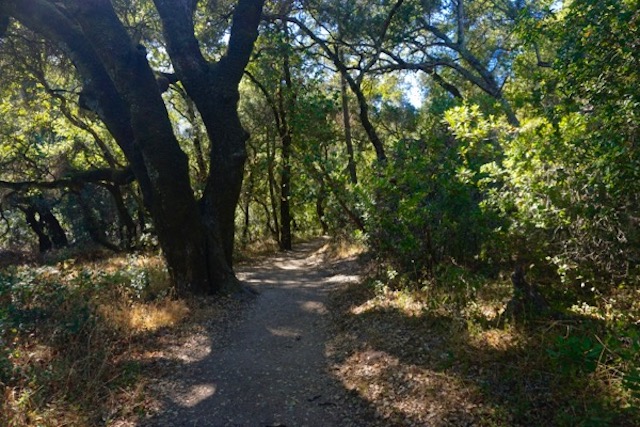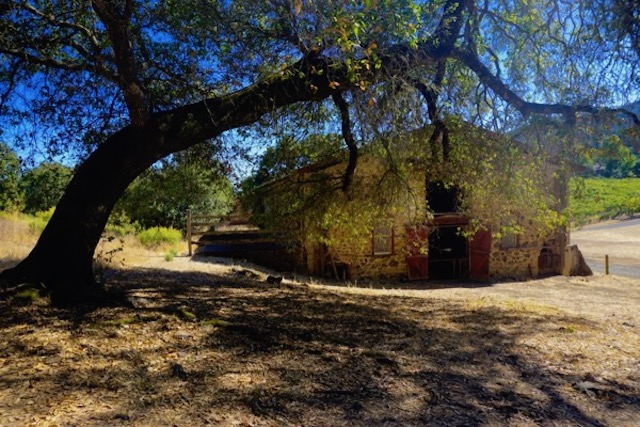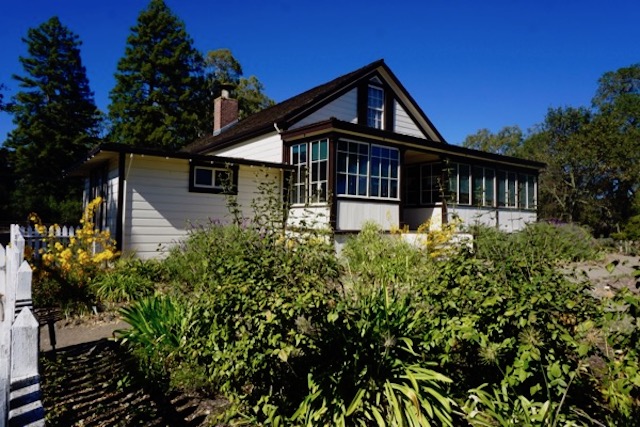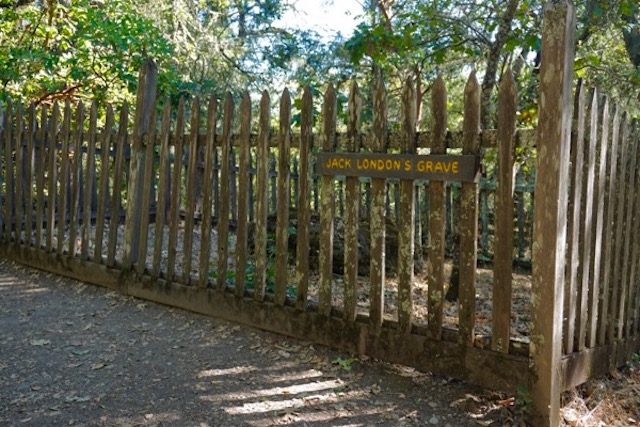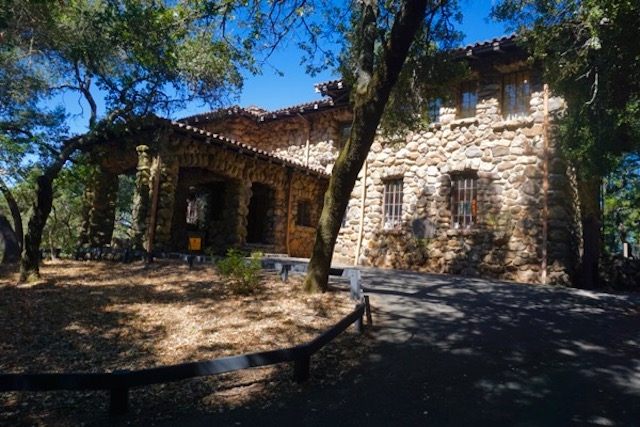On The (Berkeley) Waterfront
The Homeless Refrain: “Where Do We Go?”
“On The Waterfront” is one of my favorite movies, but they’ll be no pretty pictures today.
Instead, after almost 3 years on the road, I want to relay what unfortunately is another sickening episode of a systematic and unjust war on the poor and homeless. Word.
We went out of our way to stop in historically leftist Berkeley, California, assuming that it would be a city targeted for an Extinction Rebellion climate strike.
We were wrong.
We rolled into town on Sunday afternoon, and drove directly to what we consider the central cultural point in the city, up University Avenue, not to the University, but to People’s Park.
In our prior 3 visits to Berkeley over the last decade, we parked at People’s Park and walked around the Park and the neighborhood – Telegraph Avenue and the Berkeley campus. Last year, we even enjoyed a free meal there.
Not this year.
I don’t know if it’s, me, but I got the strong sense that something significant had changed.
The homeless were far more numerous and desperate.
They had far more crazy gear – tents, chairs, beds, tarps, and other random stuff – in full display. Garbage was everywhere.
The people in the park were not – as in prior visits – friendly and offering me a hit on their joints, but angry, mumbling incoherently, and warning me to stay away from their vicious pit bull dogs.
The vehicles parked along the perimeter of the park – buses, RV’s and cars that they slept in – all had broken windows, were in disarray, and smelled badly like piss.
There were tents on the sidewalks.
Frankly, I was terrified.
I got the hell out of there after walking the perimeter and talking with a handful of the park people.
I drove down to the marina, where I was aware of and had read there was a crackdown on homeless encampments and overnight parking in vehicles, particularly RV’s.
I saw small homeless encampments with logos – “WHERE DO WE GO? – on tents.
I had the same question on my mind.
I parked along the waterfront with a glorious view of the bay, Oakland, the San Francisco skyline, and the Golden Gate Bridge, but being in a brightly painted bus with a political message, I felt like a big neon sign target for the cops.
Shortly after I parked, a guy drove up to warn me to move on – he said that overnight parking was prohibited, strictly enforced, and that cops were driving people out.
So, to avoid this hassle, I drove to a parking lot closer to the marina, where I had camped before. I spoke with some folks in RV’s and vans to find out what the hell was going on.
They advised that I could not park overnight there but could stay in a nearby lot overnight, which I did.
Funny, just after dark, 4 Berkeley police cars parked right next to me virtually all night. I did not feel safer, but rather targeted. But the police had no problem with my bus or another bus with 2 young woman parked next to me.
After a policed safe night, as I was making a pot of coffee this morning, a “harbor patrol manager” drove up in golf cart and said I was an oversized vehicle and had to leave. He emphasized that there was no overnight sleeping in vehicles too.
I asked him about using a nearly empty parking lot for the day and he said out was OK.
So, I went there and began cooking breakfast.
Shortly thereafter, I saw this same Harbor Patrol guy in his golf cart drive into the lot and get into a violent argument with a guy who was washing his car with the water and hose made available in lot for boat washing. The man was Hispanic.
After a violent exchange with this man, he then came back to ask me to leave.
I asked what the dispute with the Hispanic man was all about. The Harbor Patrol manager replied that the man had been seen many times previously filling hundreds of jugs and providing water to the homeless. I questioned why that was a problem, and I noted that the water was not potable. No reply. He didn’t care about any of that – were the homeless being poisoned by the water? – Crickets. He was concerned with just the fact that the man was helping the homeless and using water and equipment that was reserved for recreational boaters to wash their boats. THAT WAS THE PROBLEM!
How is that any different than the cruelty of ICE and US Border Patrol cutting water jugs in the desert and arresting humanitarians who leave water in the desert?
After this exchange, I complained that just 5 minutes prior, he said this spot in the parking lot was OK.
He then changed the subject and stressed the need for respecting the rights of the recreational boaters.
But I told him there were no boaters in the entire lot – I was not taking their space or interfering with air use of the space in any way.
I was the only vehicle in the lot.
I explained that I was a retired professional who understood how the wealthy manipulate the system to their advantage and noted that the poor lack the resources to understand or make the arguments to protect their own legitimate rights to public space. So I would make those arguments for them,
I then took strong exception to the whole idea of reserving such a wonderful public space exclusively for wealthy recreational boaters, who on top of this, did not pay any special user fees for the privilege of this space or the water & boat washing equipment.
And here’s where the evil of the whole system was revealed:
He replied:
I respect you, you are a reasonable guy, with a nice rig.
But, in my experience, as a former manager of the San Francisco marina, it’s not the rich boaters who are the problem, it’s all the people who feel that they have a right to come here and use this place as a public park, when it is limited to recreational boaters.
The problem is not the average boater. The problem is that the ultra-rich and the very poor and homeless BOTH want special treatment.
Imagine that: the homeless guy living in a tent and drinking non-potable water is the same problem as the rich guy in a million dollar yatch or sailboat.
On the road.

